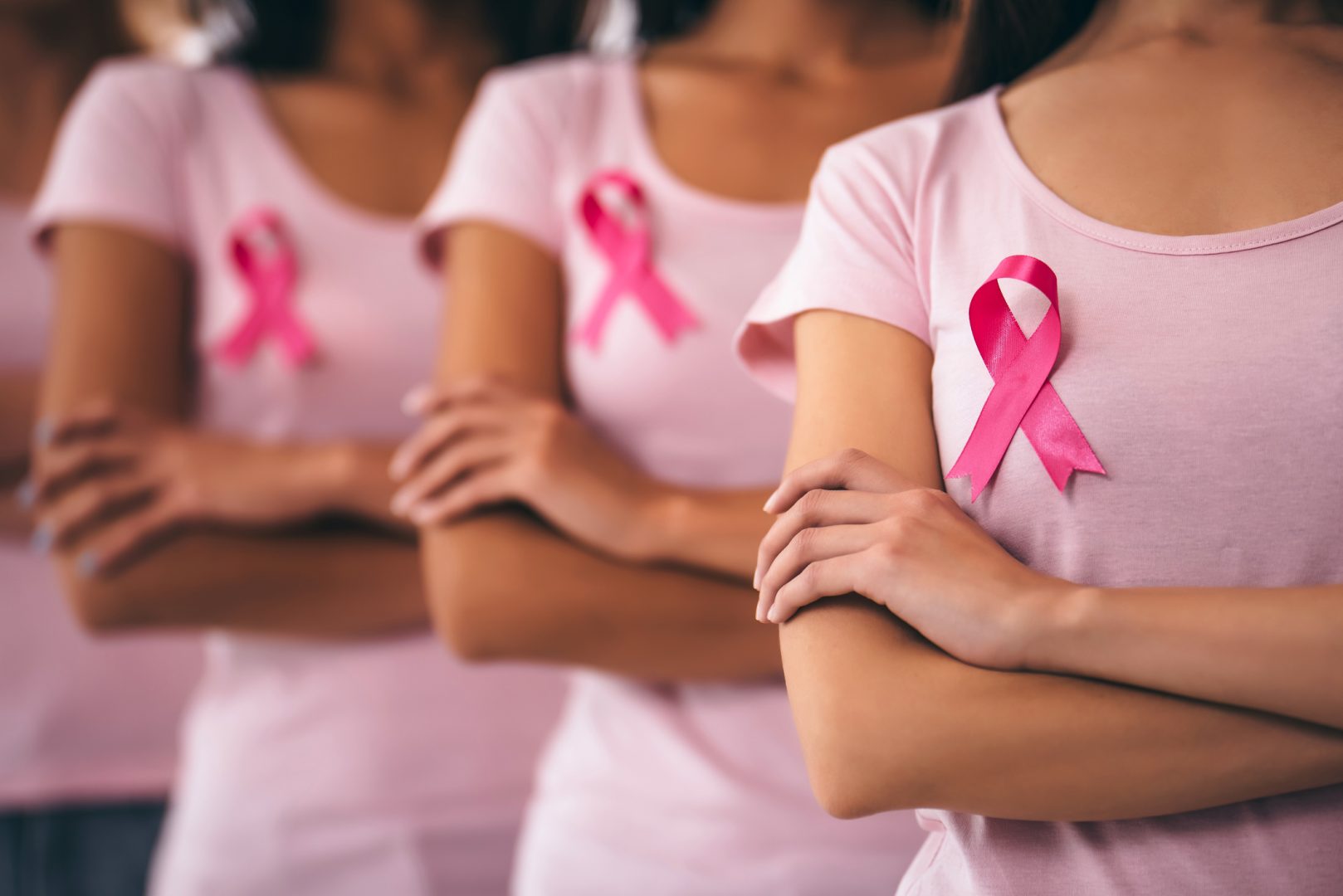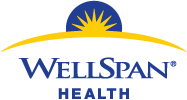Saving lives with breast cancer screenings in every corner of South Central PA
By Ann Kunkel, VP of Community Health & Engagement, WellSpan Health

iStock
Group of young multiracial woman with pink ribbons in support of breast cancer awareness.
In Breast Cancer Awareness month, you hear that familiar drumbeat of “get your screening” everywhere you turn. But we know preventative care and screenings can take some convincing for individuals leading busy lives. It can be a struggle making an appointment and finding the time, especially when that individual may live in a rural or underserved part of South Central Pennsylvania. All the more reason it’s critical we work to address that access issue because while preventative care has been known to save lives across the spectrum of medicine, there may be no better example than breast cancer screenings.

Ann Kunkel, VP of Community Health & Engagement, WellSpan Health
According to the CDC, in the U.S. 255,000 cases of breast cancer are diagnosed in women each year and about 42,000 die annually from the disease. It’s the second most diagnosed cancer in women, affecting one in every eight in the U.S. The biggest risk factors include age and family history.
According to the American Cancer Society, when breast cancer is detected early the survival rate is 99 percent. The good news is that nearly 77 percent of breast cancer diagnoses are classified as early stage, but that still means that nearly one quarter of those diagnosed are detected at later, more serious, stages of breast cancer. Too often, early breast cancer involves no symptoms at all, making screenings even more important.
The American Cancer Society recommends women start getting mammograms at the age of 40. However, depending on family history and genetic risk, some physicians may recommend mammograms at an earlier age for certain women.
Mammograms are low-dose x-rays of the breast, and early detection and diagnosis of breast cancer can be critical as it often leads to better outcomes with more treatment options.
Many factors can impact access to breast cancer screenings in our communities. In rural and underserved parts our region there are simply not enough facilities to easily offer these critical preventative screenings. Delayed detection due to lack of regular screening may mean less treatment options for these individuals. One way to address this issue of health equity is to bring screenings like mammography services to a community in a mobile setting. This allows pop-up mammography events to take place utilizing 3D imagining on board a motor coach. In 15 minutes, patients can get their screening and get back to their busy lives.
We must continue to spread the word on the value of preventative care like breast cancer screenings, especially as we push through a pandemic that has led to a steep decline in preventative care appointments across the board. But we also need to do everything in our power to make these screenings accessible to remove any hesitation about making that critical appointment.



